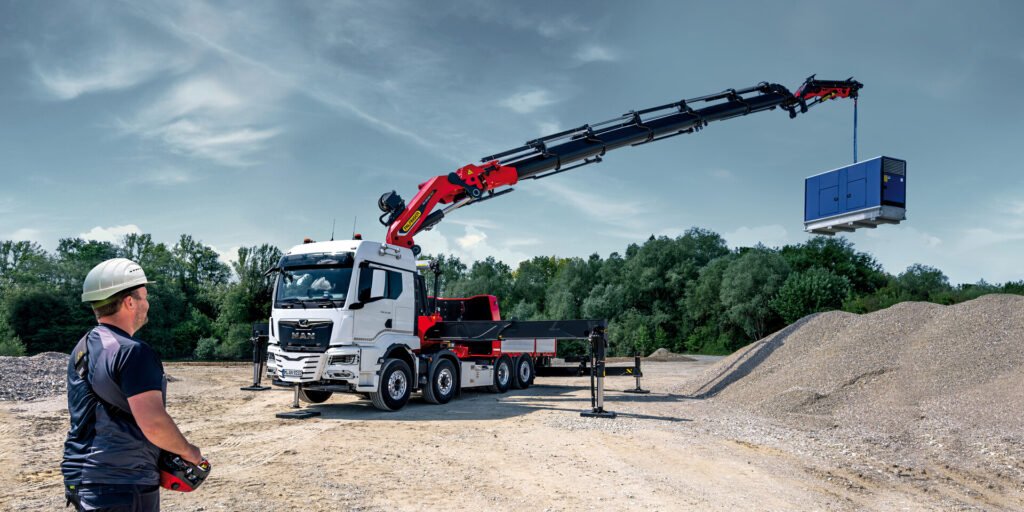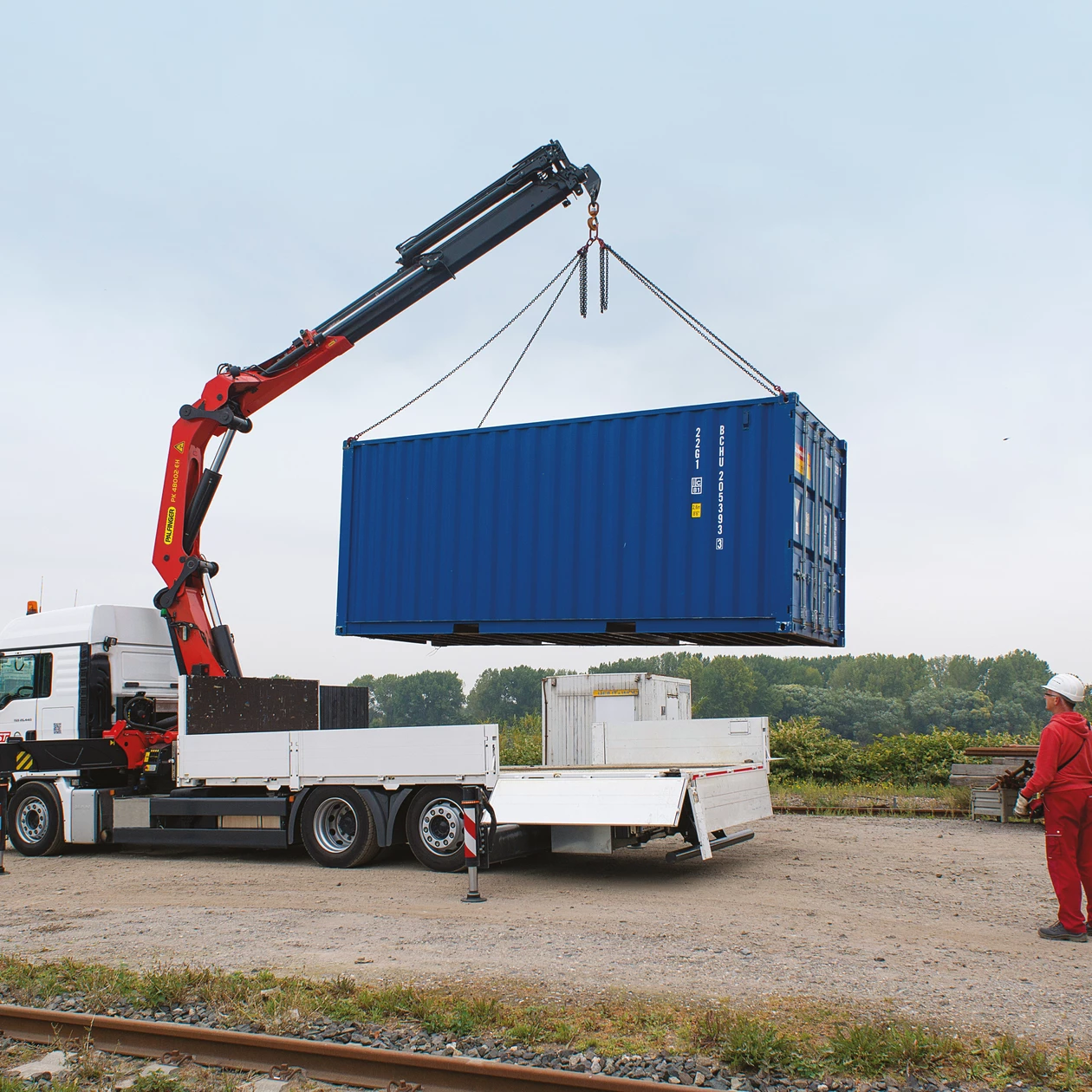A vehicle loading crane (VLC) is specifically designed to be mounted on a vehicle to facilitate the loading and unloading of that vehicle. With advancements in technology and the introduction of larger capacity VLCs and proportional control (which enables multiple crane functions to be operated simultaneously), they are now being used for more traditional crane operations where the load is lifted:
- From the vehicle to an elevated area at a workplace, such as lifting packs of timber from the vehicle directly to a building floor.
- Both to and from locations remote from the vehicle on which the crane is mounted.
- Into position and held while it is connected to a structure, such as installing a sign.
It is important to note, however, that while VLCs can be used for these operations, the level of safety provided by the lifting equipment must be equal to or greater than when using a mobile crane.
Crane operators who operate Vehicle Loading Cranes (VLC) must receive proper training and demonstrate competence in the operation of the crane. The training should include understanding of the controls, instruments, working load limits, load charts, safe procedures for lifting and slinging, and any operating restrictions specific to each type of crane.

To operate a vehicle loading crane with a capacity of 10 metric tonnes or more, a person must hold a High Risk Work (HRW) license.
There are two types of HRW licenses that can be obtained:
- A Vehicle Loading Crane HRW License or;
- One of the four Slewing Mobile Crane HRW licenses, which include Slewing Mobile Cranes with capacities up to 20 tonnes, up to 60 tonnes, up to 100 tonnes, and over 100 tonnes.
A crane is considered to have a capacity of 10 metric tonnes if the product of the radius (in meters) and the load (in tonnes) at any point on the crane’s load chart is equal to or greater than 10.
A person with a Vehicle Loading Crane HRW License is authorised to apply load estimation and slinging techniques when operating the VLC under normal conditions.
If the VLC is used to position loads in elevated or remote areas, or if the operator is operating the crane under a Slewing Mobile Crane license, a licensed dogger is required.

